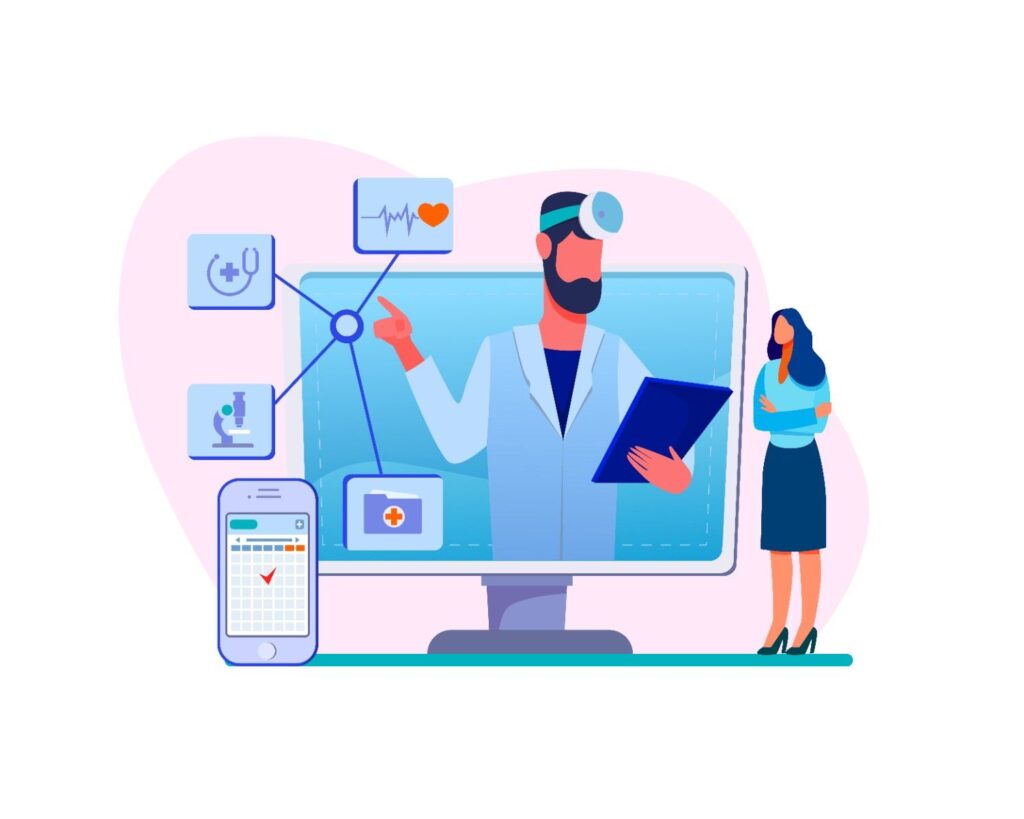The Indispensable Function of Medical Coding in Healthcare Billing and Reimbursement:
Medical coding functions as the cornerstone of the healthcare revenue cycle, securing both precision and compliance while driving operational efficiency. It involves converting intricate medical details into a structured set of codes that facilitate billing, reimbursement, and record maintenance. This article explores the significance, intricacies, and evolving dynamics of medical coding within the healthcare industry.

Defining Medical Coding
Medical coding is the meticulous process of transforming medical diagnoses, treatments, and services into standardized alphanumeric codes. These codes are vital for properly documenting patient care and enabling seamless billing procedures. Prominent coding systems include:
- ICD-10 (International Classification of Diseases, 10th Edition): Utilized for categorizing diagnoses and medical conditions.
- CPT (Current Procedural Terminology): Covers a wide range of medical, surgical, and diagnostic procedures.
- HCPCS (Healthcare Common Procedure Coding System): Addresses services like durable medical equipment and outpatient services.
Why Is Precision in Medical Coding Imperative?
Minimizing Claim Denials
Accurate coding is crucial to reducing the likelihood of errors that result in claim denials, ensuring a more efficient reimbursement process.
Ensuring Regulatory Compliance
Healthcare mandates demand utmost precision in coding practices. Misuse of codes can trigger audits, penalties, or a loss of revenue.
Improving Communication Between Stakeholders
Medical coding serves as a conduit between healthcare providers and insurance companies, fostering clarity and expediting the claims process.
A Closer Look at the Medical Coding Procedure:
This well-oiled mechanism guarantees that healthcare providers receive prompt and accurate compensation for their services.

Coders meticulously examine clinical records to extract pertinent information.
Diagnoses and treatments are converted into their corresponding codes, adhering to the documentation.
The encoded details are forwarded to insurance providers for reimbursement.
Claims undergo review, and denials are addressed before resubmission.
Medical Coding : The Bridge Between Providers and Insurers
Medical coding is pivotal in sustaining a harmonious revenue cycle. It connects the services provided by physicians to the reimbursement structures of insurance entities. Coders act as intermediaries, ensuring that clinical documentation aligns with the criteria set by payers. This alignment minimizes conflicts and accelerates the reimbursement flow.
Technological Advancements
The advent of AI-powered tools has significantly transformed coding practices. Automation is reducing human error while enhancing overall efficiency.
Shift Toward Value-Based Care
The landscape of medical coding is evolving to accommodate value-based reimbursement models, which prioritize patient outcomes rather than the volume of services provided.
Surge in Remote Coding Roles
With the increasing demand for flexibility, the need for remote medical coders has soared, widening the pool of available talent.
Constant Regulatory Updates
Frequent changes in coding systems necessitate that professionals engage in ongoing learning to remain current.
Complex Medical Cases
Vague or inconsistent documentation can present obstacles, making the accurate assignment of codes challenging.
Dependence on Technology
While technological tools are beneficial, an overreliance on them can introduce new vulnerabilities.
24/7 ASSISTANCE IN EVERY SPECIALTY
Find out the solutions to all of your questions! With all of our services, Med eBilling provides dedicated customer care 24/7. Across all specialties, our staff is qualified to cope with medical billing and associated issues.
